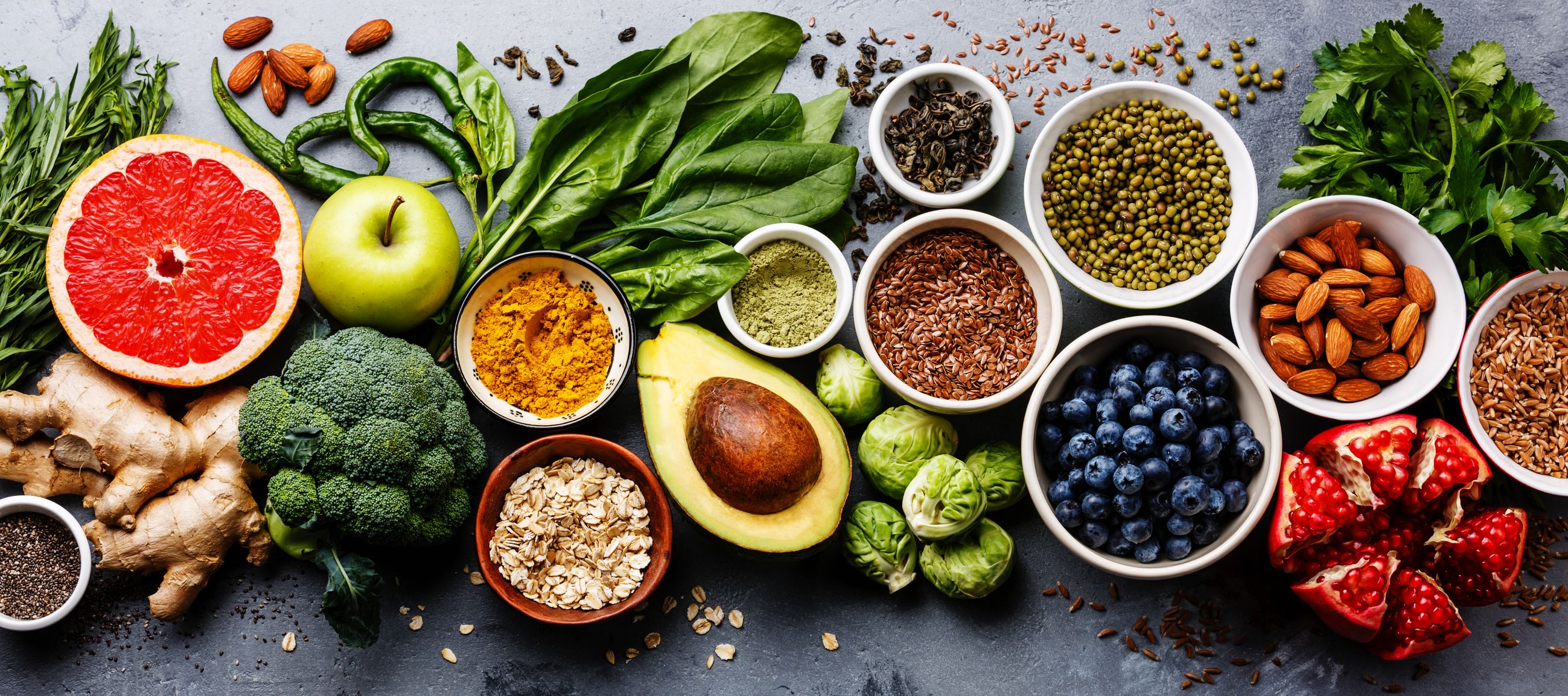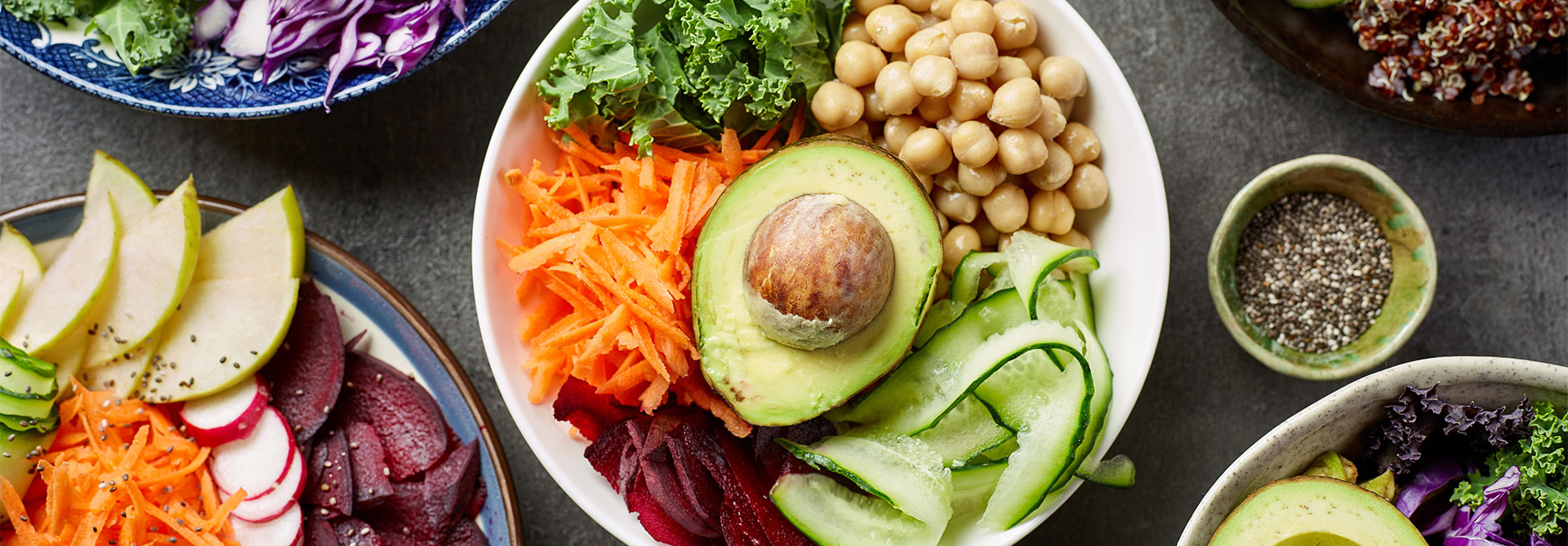
You're in the right place if you are thinking of going vegan. This article provides information about veganism and the best foods for vegans. It also explains how to change to a vegan diet. We also look at some of the most famous vegan celebrities. These are celebrities who have made veganism very popular.
Why you should go vegan
There are many good reasons to be vegan. The seafood industry has been called one of the worst in the world. According to the UN Food and Agriculture Organization, children are forced into dangerous fishing activities and are deprived of attending school. Many cases of abuse have been documented by human rights groups. Veganism saves the lives of animals and decreases the cruelty that is done to humans.
It's also good for the planet. It takes a lot of land to raise livestock and breed them. To provide sufficient space for cattle, forests need to be cut down. Deforestation is a worldwide problem due to the meat industry. In addition to the use of fossil fuels, raising animals can require up to eight times the amount of fossil fuel required for producing plant-based food.
Food options
Vegans can find many delicious options. Some of these foods are traditional favorites made with a healthier twist. In savory dishes like samosas, jackfruit and cauliflower are great alternatives to meat. Vegans should try to get more iron and calcium from foods like spinach, broccoli, and other vegetables. Vegans should seek out foods that have been fortified with B12 and, where possible, avoid sugar.

Other vegan-friendly foods include tacos, burritos, and crunch wraps. At restaurants, you can get vegan versions of classic breakfast dishes such as the Impossible Breakfast sandwich. You can easily make the sandwich vegan by leaving out the cheese or egg. Starbucks also offers other vegan options.
Recipes
You can make a life-changing switch from meat and vegan. It's an exciting decision that will bring joy to your heart. You can make many of the same foods you love while sticking to new dietary guidelines. You don't have to spend a lot of time making these recipes. These recipes will help you cook for one or two persons.
The biggest obstacle to becoming vegan is that you will have to eat less meat. This is the most difficult part of going vegan. However, there are plenty of vegan alternatives that are equally delicious and good. For example, you can make avocado sushi or carrot salmon. You can also eat algae soup. You can also choose from oat or nut milks. Other options include nutritional yeast and coconut whipped cream. And there are also alternatives to eggs, like flax eggs or chickpea flour. Bananas and other legumes are also options if you feel adventurous.
Health benefits
Going vegan has many health advantages. You must ensure your diet is balanced. You must eat plenty protein, B12 and other essential nutrients. You should also try to reduce your intake of meat, dairy, eggs, and eggs alternatives. You can increase the intake of fruits and vegetables in your diet to improve your overall health.
Consuming dairy products and meat can increase your chances of suffering from stroke or heart disease. Furthermore, high levels of meat consumption are associated with increased risk of hyperlipidemia as well as diabetes. A recent World Health Organization Report also found that meat consumption can increase the chance of developing colorectal disease. To avoid this, vegans alter the food they eat every day to include more fresh, nutritious foods.

Restaurants
Many restaurants cater for vegetarians and vegans. Some restaurants are completely vegan, others more focused on vegetarians. Others are focused on sustainable food systems. Some even have Michelin Stars and Bib Gourmands. All are included on the 2020 Michelin Guide. You can enjoy vegan and vegetarian cuisine from a variety of cultures at these restaurants. These restaurants often offer vegan and vegetarian options to traditional protein, including Asian-inspired cuisines and fermented vegetables.
New York City boasts many vegan-friendly eateries. For example, Jajaja Plantas Mexicanas serves plant-based dishes and vegan versions of traditional Mexican dishes. There are several locations around New York City, so you have plenty of options to choose from. Fat Choy is another option, offering a wide range of vegan-friendly Asian street food.
FAQ
What's the difference between a calorie and kilocalorie?
Calories can be used to measure how much energy is in food. Calories are a unit of measurement. One calorie is equal to one degree Celsius in energy.
Kilocalories are another way to describe calories. Kilocalories can be measured in thousandsths of one calorie. 1000 calories are equal to one kilocalorie.
What are the 10 best foods to eat?
These are the 10 best foods you can eat:
-
Avocados
-
Berries
-
Broccoli
-
Cauliflower
-
Eggs
-
Fish
-
Grains
-
Nuts
-
Oats
-
Salmon
Do I need to count calories?
You may be wondering "what is the best diet for you?" or "is counting calories necessary?" The answer to this question depends on many factors, including your current health, your personal goals and preferences, as well as your overall lifestyle.
The Best Diet for Me - Which One is Right For You?
My personal health, goals, lifestyle and preferences will all influence the best diet. There are many good and bad diets. Some diets work for some people, while others are not. What can I do to make the right choice? What should I do?
These are the questions this article will answer. It starts with a brief introduction of the different types of diets available today. Next, we'll discuss the pros and cons for each type of diet. Finally, we'll discuss how to select the best one.
Let's first take a look at different diets.
Diet Types
There are three main types of diets: low fat, high protein, and ketogenic. Let's look at each one briefly.
Low Fat Diets
A low-fat diet is one that limits the intake of fats. This is achieved through a reduction in saturated fats (butter or cream cheese), etc. They should be replaced by unsaturated oil (olive oils, avocados, etc.). Low fat diets are often recommended to those who wish to lose weight quickly. However, constipation, stomach pain, and heartburn can all be caused by this type of diet. If a person doesn’t receive enough vitamins from their foods, this can lead to vitamin deficiency.
High Protein Diets
High protein diets discourage carbohydrates and encourage the use of proteins. These diets are more protein-rich than others. These diets are intended to increase muscle mass and reduce calories. However, they might not provide enough nutrition for those who need to eat frequently. They can also be very restrictive so they may not be suitable for everyone.
Ketogenic Diets
The ketogenic diet is also known by the keto diet. They are high on fat but low in carbs and proteins. Athletes and bodybuilders use them because they allow them more time and harder training without getting tired. But, they require strict adherence to avoid negative side effects like nausea, headaches, and fatigue.
What is the difference of fat and sugar?
Fat is an energy source that comes from food. Sugar is a sweet, naturally occurring substance in fruits and vegetables. Both sugars, and fats, have the same calories. However, fats contain more than twice as many calories as sugars.
The body stores fats and they can lead to obesity. They can lead to cholesterol buildup in the arteries, which could cause heart attacks or strokes.
Sugars provide instant energy and are rapidly absorbed by the body. This causes blood sugar levels to rise. High blood glucose levels can lead to type II diabetes.
How to measure body fat?
A Body Fat Analyzer will give you the most accurate measurement of body fat. These devices are used for measuring the percentage of body fat in people who want to lose weight.
Here are five ways to lead a healthy lifestyle.
How can you live a healthy life?
Healthy lifestyles include eating right, exercise regularly, getting enough rest, managing stress, having fun, and eating healthy. Avoiding sugar and unhealthy fats is key to eating well. Exercise can help you burn calories and strengthen your muscles. Get enough sleep to improve your memory and concentration. Stress management helps reduce anxiety and depression. Fun keeps us happy and healthy.
Statistics
- Extra virgin olive oil may benefit heart health, as people who consume it have a lower risk for dying from heart attacks and strokes according to some evidence (57Trusted Source (healthline.com)
- According to the 2020 Dietary Guidelines for Americans, a balanced diet high in fruits and vegetables, lean protein, low-fat dairy and whole grains is needed for optimal energy. (mayoclinichealthsystem.org)
- WHO recommends consuming less than 5% of total energy intake for additional health benefits. (who.int)
- nutrients.[17]X Research sourceWhole grains to try include: 100% whole wheat pasta and bread, brown rice, whole grain oats, farro, millet, quinoa, and barley. (wikihow.com)
External Links
How To
What does the meaning of "vitamin?"
Vitamins are organic substances found naturally in food. Vitamins help us absorb nutrients in the foods we consume. Vitamins cannot be produced by the body. They must be obtained from food.
There are two types vitamins: water soluble or fat soluble. Water soluble vitamins dissolve easily in water. Vitamin C,B1(thiamine), B2 (2riboflavin), and B3 (3niacin), as well as vitamin C,B1, B2 (riboflavin), and B3 (niacin), vitamin B6 (pyridoxine), vitamin folic acid (biotin), pantothenic, and choline are examples. Fat soluble vitamins are stored in the liver and fatty tissue. These include vitamin D, E and K, as well as beta carotene.
Vitamins are classified according their biological activity. There are eight major groups of vitamins:
-
A - essential for normal growth and maintenance of health.
-
C - important for proper nerve function and energy production.
-
D - Essential for healthy teeth and bones.
-
E is required for good vision and reproduction.
-
K - required for healthy muscles and nerves.
-
P - Vital for strong bones and teeth.
-
Q - aids in digestion of iron and iron absorption
-
R – Required for making red blood vessels.
The recommended daily intake (RDA), of vitamins varies with age, gender and physical conditions. The U.S. Food and Drug Administration, (FDA), sets the RDA value.
For example, the RDA for vitamin A is 400 micrograms per dayfor adults 19 years or older. Because it is essential for the development of the fetus, pregnant women should consume 600 micrograms per days. Children ages 1-8 require 900 micrograms per day. Infants below one year of age need 700 micrograms daily. But, between 9 months to 12 months of age, the amount drops to 500micrograms per days.
Children aged 1-18 years need 800 micrograms daily, while children overweight require 1000 micrograms per days. Children who are severely obese or underweight will need 1200 micrograms each day.
Children aged 4-8 years old who have been diagnosed as having anemia require 2200 micrograms of vitamin C per day.
2000 micrograms per person is necessary for general health. Because of their higher nutrient needs, women who are pregnant or nursing need 3000 mg per day.
Adults over 70 need 1500 micrograms daily, since they lose around 10% of their muscle mass every decade.
Women who are pregnant and lactating need more nutrients than the RDA. Pregnant woman need 4000 micrograms daily in pregnancy and 2500 per day after childbirth. Breastfeeding mothers need 5000 micrograms per day when breast milk is being produced.